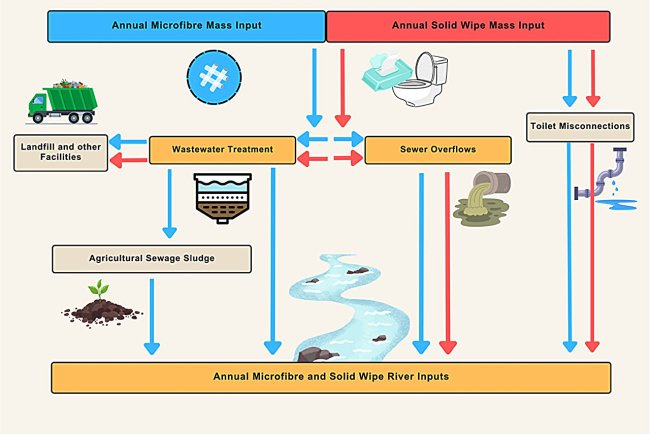Planting the Future: UK's Forests Hold Key to Climate Goals
New research warns that the UK's heavy reliance on imported timber could undermine its climate goals, calling for a massive boost in domestic wood production, improved forest management, and efficient wood use to meet net zero targets.

Wood is re-emerging as a cornerstone of the UK's net zero agenda—a green alternative to steel, concrete, and plastics. However, scientists maintain that the country's reliance on imported timber can backfire, unless drastic efforts are made to increase and extract more of its own forest land.
Today, only 14% of the UK is woodland-covered, one of the lowest in Europe. But the country is the second-largest wood importer in the world, producing only 20% of the wood it consumes. This dependence not only exposes the UK to international market volatility but also raises fundamental questions about the real climate footprint of its wood use.
The study—conducted by researchers John Healey, David Styles, and Eilidh Forster and covered by The Conversation—indicates that it is not necessarily as green to import timber from Scandinavia's and the Baltic States' boreal forests as popularly assumed. Cold-climate, slow-growing forests, it takes decades, if not centuries, for them to replace the carbon lost when they are cut down.
On the other hand, the temperate climate of the UK allows for quicker tree regrowth and carbon restoration, and therefore it is more desirable for sustainable wood production. The research team constructed an integrated model that traces carbon from wood growth to waste disposal on wood products. It included estimates of the amount of carbon sequestered in long-life wood products and the amount of pollution avoided by replacing emissions-intensive materials.
Their conclusion: increased wood can assist in meeting climate goals—so long as production locally is boosted significantly. Even a small annual rise in demand (around 1.1%) would require doubling productive forest cover within the next 50 years. An even more ambitious strategy—doubling forest cover and raising tree growth rates by 33%—could see wood's ability to reduce climate change enhanced by 175%.
But that would involve massive shifts in forest and land use policy. Additional stressors like drought, pest, and disease—driven by climate change—could also erode productivity.
Three main challenges are identified by the research
1) Reversal of Decline in Conifer Forest Growth: The UK's productive forest growth has leveled off for over three decades, and harvestable wood is anticipated to decline after the year 2039. An alternate strategy is needed to recapture the balance of land given over to forestry, agriculture, and ecological repair.
2) Strengthening Forest Management: Forests must be managed to stay resilient to environmental pressures. Better disease management, selective breeding, and climate-resilient planning will be essential.
3) Using Wood More Efficiently: Reducing waste in manufacturing, producing longer-lasting wood products, and promoting recycling and reuse are key to realizing wood's full climate potential.
The researchers stress an integrated, joined-up approach is necessary. They do not suggest climate policies simply consider planting trees or burning more wood but also address what type of forests are being cut down, how long carbon in the wood lasts for, and whether in practice it actually replaces more harmful materials.
With growing pressure for low-carbon building materials and demands to reduce emissions across all sectors, the UK's forestry and timber supply strategy could be the key to its own climate future. Without joined-up and timely policy change, the country risks falling behind its net zero targets.
Source/Credits:
John Healey, David Styles & Eilidh Forster / The Conversation (2025)
What's Your Reaction?

















